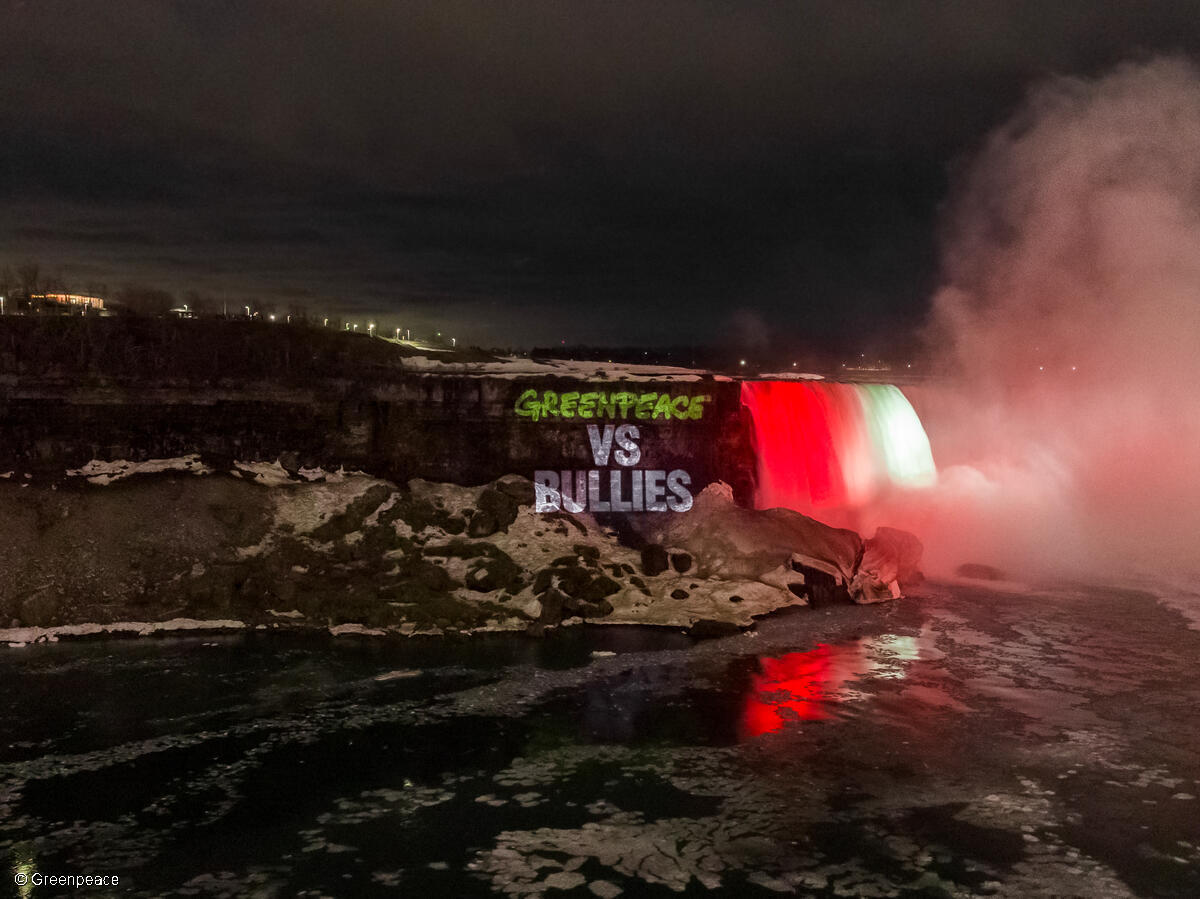When we honour the Black experience both in history and at present, we honour truth. That truth is an investment in the future of our communities.
The Association for the Study of African American Life and History (ASALH) has named “Black Resistance” as this year’s Black History Month Theme. They say “this is a call to everyone to study the history of Black Americans’ responses to establish safe spaces, where Black life can be sustained, fortified, and respected.”
As an organization we interpret this theme as a call to honour and celebrate Black history, present, and futures on this planet. We invite you to join us in this interpretation and leave your thoughts and comments.
Black History
Every February, typical school curriculums across Canada walk us through the history of stolen and displaced bodies from the African continent. The carefully curated curriculum recaps the horrors of slavery, racial terrorism and the hard-fought journey towards equal socio-economic participation and rights. For the month-long observation, key figures like Martin Luther King Jr, Rosa Parks and Harriet Tubman are remembered for their legacy and impact. With little to no reference of African Nova Scotian communities, we are primed to have an understanding of Canada as a place of refuge, a haven even, for Black freedom which skews the true story of slavery in Canada.
28 days (sometimes 29) later, are we done?
Black History is Every Month. Black history did not start with slavery — it is world history and we have always been here.
While this important education may set a foundation for our understanding, it is only the beginning and African diasporic experiences and accomplishments run deeper than this limit could ever account for. Our ancestors have left behind an abundance of tools through vernacular, mannerisms, and song so that we may reimagine and rebuild Black life.
Equally, to understand and address the intergenerational flow of trauma in Black communities today, our education must be informed by a deeper analysis. As a socio-environmental justice community, we must continue to make the connections between historical and present realities of white supremacy, capitalism and patriarchy as they continue to work in a system that scars our planet and communities. Black history makes relevant the neocolonial systems which continue to hold Black and brown bodies across the globe in its clutches. Learning our history is an investigation into our current reality.
In this way, history is our key to the truth and future of our world. As Dr. Ayesha Khan reminds us, “we can create new ways of being in the present inspired by the past.”
The Black Experience Today
The civil rights movement has seen both victories and losses. Overtime, its organizing strategies and messaging have evolved and modernized. Yet, historically and now in the 21st century, the fundamental demands of Black communities look quite similar. During the most recent mobilization for human rights – the incessant taking of Black life at the hands of law enforcement was exposed like never before. With the New York Times calling Black Lives Matter one of the largest movements in U.S. history, the institutionalization of anti-black racism can now be named a system not broken, but as history tells us, functioning as intended. Now, our duties are made clear: Dismantle systems of oppression and build communities centered in justice.
On a micro-scale, The Black experience is just as complex. As individuals, families, and communities, we continue to live with fullness and vibrancy – this too is resistance.
Towards building our wellness, we find the importance of romanticizing mundane Black life: finding in the most ordinary moments of Blackness, ways to honour our mere existence. In a recent art exhibit at the Art Gallery of Ontario, photographer Zun Lee’s exhibit What Matters Most: Photographs of Black Life captures this perfectly. A quote on the wall read:
“Study these photographs and you’ll discover the gaze and gestures of ordinary African Americans, a complex and diverse community too busy loving, marrying, dancing, worshiping, dreaming, laughing, arguing, playing, working, dressing up, looking cool, raising children, organizing, performing magic, making poetry to be worried about what white folks thought about them.” – Robin D.G. Kelley, “Introduction” in Deb Willis, Reflections in Black (2000)
Sociopolitical conditions often see to it that Black life and struggle are a packaged deal. Our lives can also be soft and beautiful, exciting and adventurous, or normal and mundane. To be Black is to know both anger and joy, abundance and hardship all at once. And so, to honour Black life is to do so holistically.
Black Futures
Black resistance shall not be contained to the month of February. Education of Black history is an investment in racial justice, now and forever. Now is the time to ask ourselves what roles we want to play in a future still unfolding.
As an enviro-social justice community, we must see that the Anthropocene is a racial phenomenon and recognize anti-black racism as a factor of the ecological crises. We must resist the structures which uphold the very same destructive mindsets that are destroying our planet, connections, and humanity. The future of our world depends on this.
Some important ways to invest in Black futures include:
- Believing Black people when we share experiences you may know nothing of;
- Support and amplify Black dreams, ideas, business ventures, voices and truths;
- Educate yourself without having to be asked. Most importantly, do not ask Black people to educate you as if it were our responsibility.
For Black folks: To use the phrase by Larissa Crawford, we are Future Ancestors. We are our ancestors’ wildest dreams and generations to come will be our legacy.




Discussion
I am grateful that I am now aware of this tragedy and my compassion and love goes out to all Black Lives that have been enslaved and discriminated and have my full support on reflection of our mistakes. I recently watch “You People” on Netflix and found it to be a very compelling reflection on this matter! Slavery of minority and indigenous people is still an issue in this world and is taking many forms and we must stand together and ward off the over wealthy people who still feel they are entitled to commit these crimes on any human being. It’s not over yet my brothers and sisters but we are growing stronger than ever. Love for all as we are all one, children of the Mother Earth, bless us all with unconditional love which shall prevail!
A brilliant explanation of the connection between historically systemic racism, colonialism, economic exploitation, and environmental destruction!!!
I honour Black History......my particular interest however,within my time parameters lies in FN as I live in Dene country in North Central BC and decades ago lived and worked within Chippewyan communities for four years in Northern SaskatchewAn
I am really humbled to be part of this campaign. I am ever available for this program of saving our mother planet,
What about the indigenous !
Hello; The bigger issue is that nowhere are any of the eco-justice or climate organizations addressing the deployment of sustainable nuclear power. The blunt reality is that the only sources of clean energy sufficient to sustainably displace fossil fuels are the U-238 > Pu-239 and the Th-232 > U-233 fuel cycles. The fuel cycles both require used fuel reprocessing. This is an issue of getting the public to face the truth.